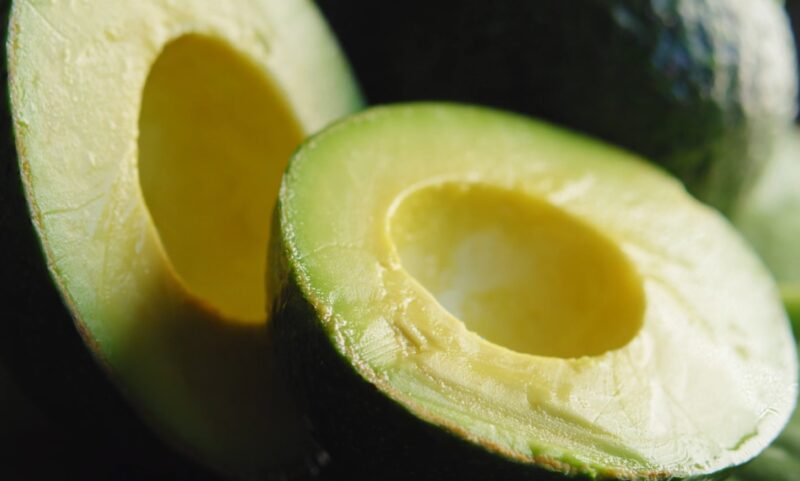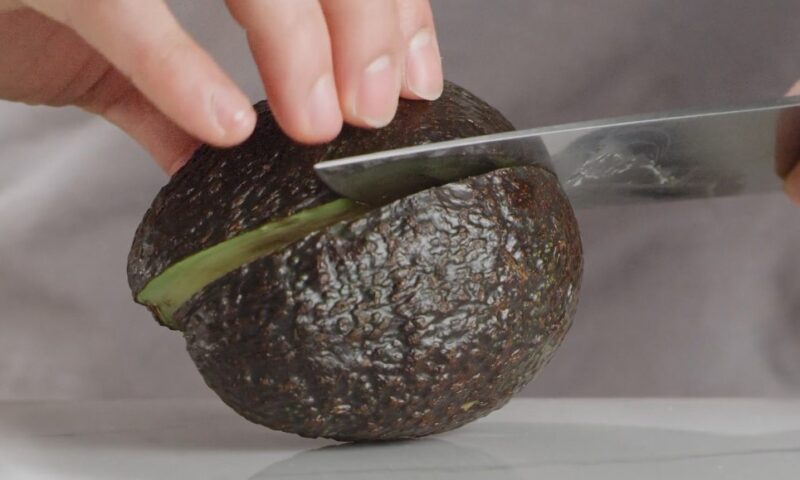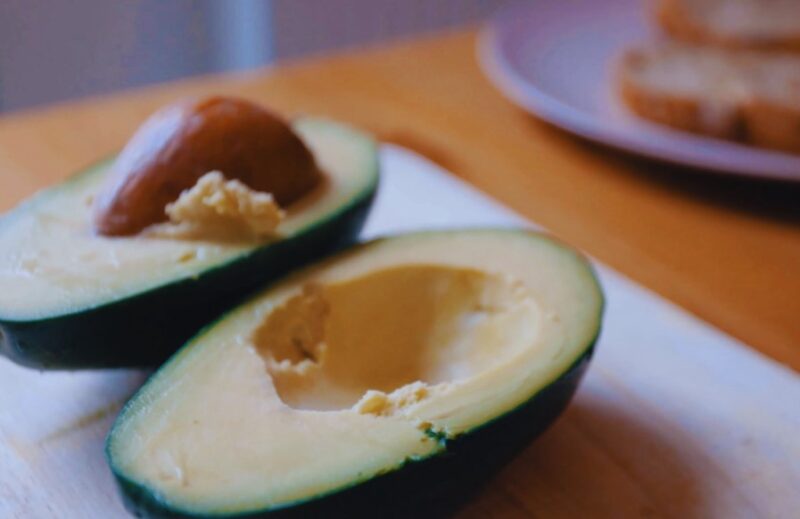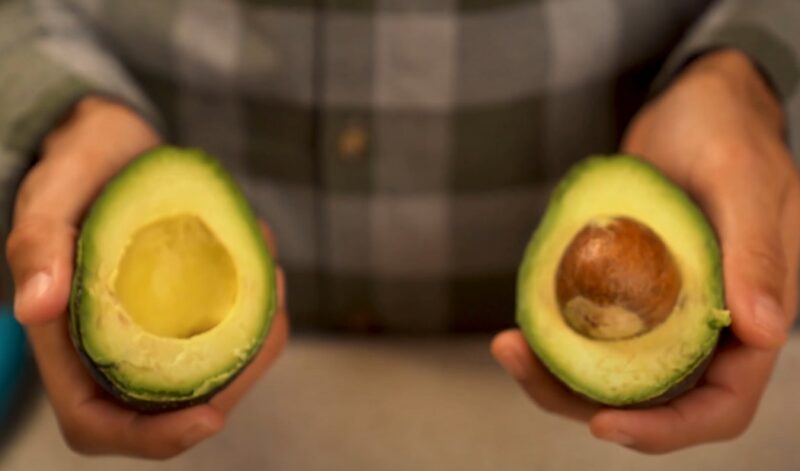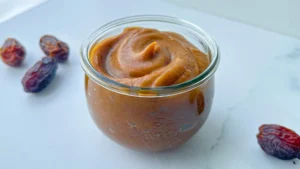Let’s be real—avocados are a hot commodity. Whether you’re making guacamole or spreading some on toast, they’re the perfect addition to pretty much everything. But then there’s that moment when you pull an avocado out of the fridge or the fruit bowl, and you’re just not sure anymore.
Is it ripe? Has it gone bad? Do I risk it? Well, no need to toss it or, worse, eat something that might ruin your day. Let’s get straight to how you can actually tell when that avocado has taken a turn for the worst.
1. Skin Check
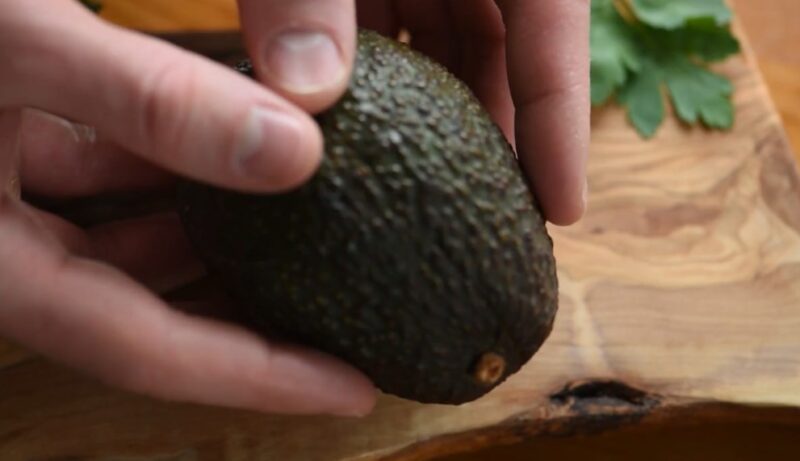
One of the easiest ways to spot a bad avocado is by eyeballing the skin. Yeah, you know that trendy deep green-to-brown vibe that avocados have when they’re ripe? That’s cool and all, but once you start seeing the skin turn jet black or riddled with suspicious-looking dark patches, it’s time to back away.
If it’s starting to look like it belongs in a horror movie, it’s not going to be winning any freshness awards. But wait—before you toss it just because the skin has some discoloration, remember that some avocados get darker as they ripen. So don’t judge solely by the skin.
2. The Squish Test
Here’s a no-brainer: grab the avocado and give it a gentle squeeze. If it feels like a stress ball that’s seen better days, you’ve got a problem. Overripe avocados become so soft they almost feel liquidy inside.
Think of it like this: if the avocado feels more like pudding than a piece of fruit, it’s time to throw it away. But don’t go Hulk-smashing it either—light pressure will do. And if it’s rock-hard, no need to panic yet, it’s just underripe, not bad. Pop it on your windowsill and give it a couple of days to figure itself out.
3. A Peek Inside
Let’s say you’ve gone ahead and sliced it open—first, congrats for being brave. Now take a good, hard look at the flesh. A fresh avocado should be vibrant green, but if it’s looking more like the color of a bruised banana (dark brown or black), it’s time to part ways with it.
A couple of tiny brown spots? Maybe you can cut those out and still salvage it. But if it looks like a compost bin inside, toss it. Life’s too short for bad avocados.
4. Sniff Test
The good old sniff test. Sometimes, all you need is your nose to figure out what’s up. A fresh avocado doesn’t smell like much, but a bad one? Get ready for a sour or rancid odor that will make you regret even getting near it.
That’s the fat inside the avocado breaking down in all the wrong ways, turning it into a not-so-delicious science experiment. If you catch a whiff of anything off, trust your gut (and your nose) and chuck it. Your digestive system will thank you later.
5. Mold Is The Obvious Sign
Look, if your avocado has mold, and you’re still thinking about saving it, please reconsider that choice. Mold on an avocado is like a giant neon sign flashing “TOSS ME.” It might appear as a gray or white fuzzy situation on the skin, or you might cut it open and find it hiding inside.
Either way, it’s not up for negotiation. And no, scraping off the mold doesn’t make it safe to eat. Mold spores love to sneak around, so there’s probably more lurking than what you can see. Save yourself the trouble and let it go.
6. Taste Test
Okay, so maybe your avocado isn’t throwing off any of the obvious signs yet. Time for the final test—take a small bite. If it tastes sour, bitter, or just plain funky, it’s gone bad hard way. Fresh avocados have a creamy, mild flavor, so if your taste buds are screaming, spit it out.
Sure, a small taste of a bad avocado won’t land you in the hospital, but it’s not exactly a culinary delight either. And if you’ve already seasoned it and still think it tastes weird? You’ve just added some bad avocado to your guac. Toss that thing away.
7. Check for Soft Spots and Dents
Before you even cut it open, take a moment to inspect the exterior. If you’re noticing soft spots, bruising, or dents, there’s a good chance the inside looks like a hot mess too.
Those soft patches are signs that the avocado has started breaking down from the inside, especially if they’re widespread. It’s one thing if there’s just one small dent—maybe it had a rough ride home from the store—but multiple soft spots? Yeah, it’s time to move on to the next one.
8. The Stem Trick
Ever heard of the classic avocado stem hack? Pop that little stem off the top of the avocado and take a peek at the flesh underneath. If it’s a bright, beautiful green, you’ve struck gold—it’s ripe and ready to go. If it’s brown or black, your avocado’s best days are behind it.
This trick is especially handy when you’re standing in the grocery store aisle, trying to decide which one to take home. Think of it as a sneak peek into the avocado’s soul, except you don’t have to cut it open to figure out what’s going on.
9. Shelf Life
Avocados aren’t invincible. They’ve got a shelf life, and it’s short. Once ripe, you’ve got about 2-3 days at room temperature before the downhill slide starts. Put them in the fridge, and you might stretch that out to 3-5 days if you’re lucky. Once cut, things get even worse.
You’ll want to cover the cut side in plastic wrap or throw it in an airtight container—preferably with the pit still inside—to slow down the browning process. But remember, you’re not stopping the inevitable. Eventually, it’s going to oxidize and turn into something you don’t want on your toast.
Can You Still Use an Overripe Avocado?
So, let’s say your avocado is a little overripe but not completely trashed. Can you still use it? Sure, if you like living on the edge. As long as the flesh is mostly green with just a few brown specks, you can probably still salvage it. Just cut away the nasty parts and use what’s left.
Summary
There you have it. Spotting a bad avocado isn’t rocket science, but ignoring the signs can definitely ruin your day (and your meal). Keep an eye out for the usual suspects: weird colors, nasty smells, mushy textures, an,d of course, mold.
An avocado might be a superfruit, but when it goes bad, there’s no saving it, and it’s best to dispose of it. You can use avocado is various ways, especially when making quick no-refrigeration food.

